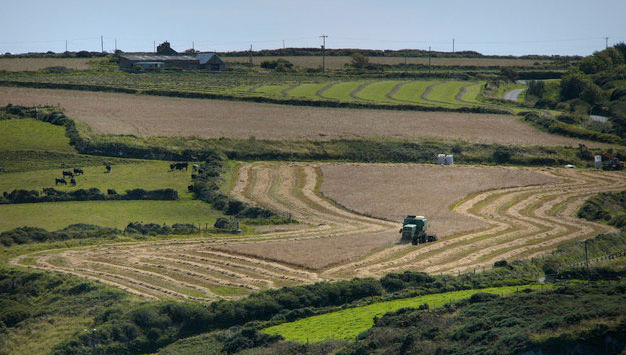
Is there a better way of reporting on the investment performance of farmland than the current practice of using 'total return'?
“Total return” includes within it, year-on-year changes in capital values. The results of the Smiths Gore, IPD Rural Property Index published today, show an average, annual total return from farmland of 11.3% over the past five years – but 85% of that total return is accounted for by increases in capital values.
TFA Chief Executive, George Dunn said “There is no doubt that agricultural land continues to be a safe, efficient and long-term investment. Much of the value of that investment comes from the beneficial taxation treatment of land both in its ownership and operation. But what we really need is owners of land to be making best use of it for the benefit of the wider economy. Sadly, we are seeing too many landlords – including institutional landlords – take a short-term view to protect their total return”.
Standard practice within the accounting world will apply a discount to the vacant possession value of land held within an investment portfolio if it is let out. The longer the land is let out the bigger will be the discount to the capital value.
“This practice of discounting is causing managers of investment assets to take a disproportionately conservative approach to letting land. At a time when we need longer term Farm Business Tenancies, the way which fund performance is being reported is driving a short-term approach. We need a proper debate about finding a mechanism which better reflects returns from agricultural land whilst ensuring sustainable investment decisions are made,” said Mr Dunn.
“Fund managers should be measured on the basis of real returns generated from an active, sustainable asset management framework and not the paper returns that arise simply by owning land and doing nothing with it. In any case, the impact on capital growth where investment land moves from unsustainable, short-term lettings to longer term lettings would be short lived with all the adjustment made in the year of change. We must be able to find a more sustainable mechanism than the current blunt instrument that is the IPD property index,” said Mr Dunn.
